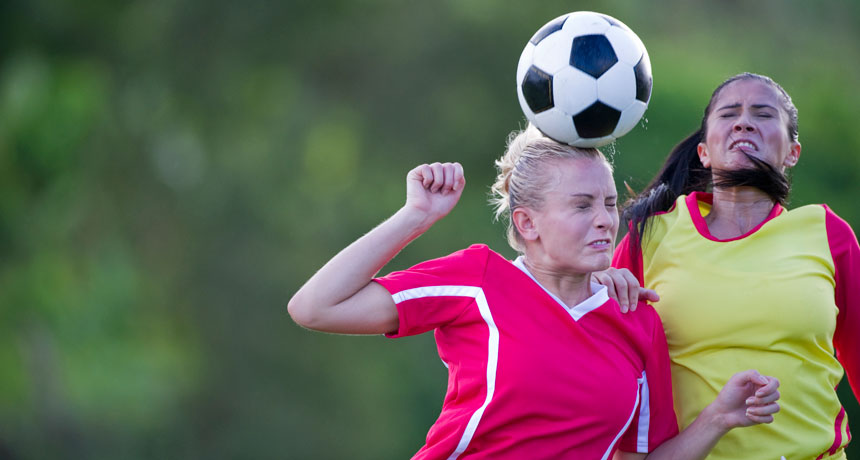Laws to protect athletes’ brains do reduce concussions — eventually

HARD KNOCKS Girls had almost twice the annual rate of concussions as boys when researchers compared sports — soccer, basketball and baseball/softball — that both played.
isitsharp/iStockphoto